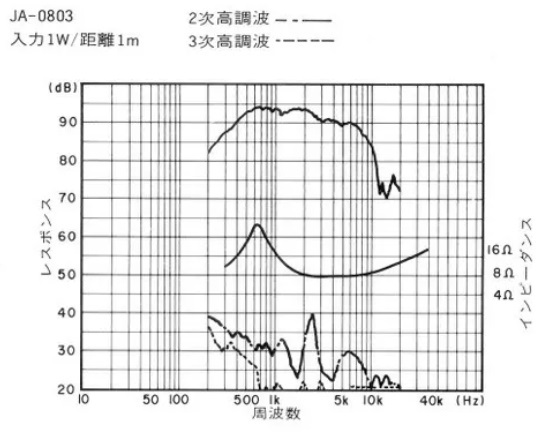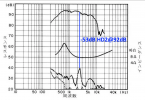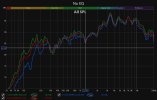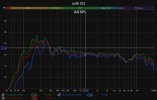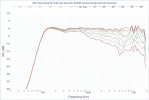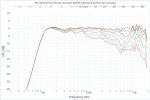Honestly I should had phrased my OP post better, since its also not only a tweeter thing.
From what I have seen I notice uncomfortable sounds or sibilance if you will, when what plays looks like the image below; something thats much louder than the rest, in mid and tweeter frequencies. Maybe most common around crossovers but I dont think its that because it happens with headphones too. Could also be that these kind of dynamics are too much for the mics in the recording and thats what we are hearing, but I have seen huge variance of how speakers handle this kind of thing so I wonder what the best in this regard are. I'm not sure how to even call this kind of distortion sadly, but it seems to me that soft dome speakers cope better with it.
You have probably noticed it at its worst if you play something like piano from phone or laptop speakers loudly... that kind of thing.
View attachment 325735
